Steamboat Bill, Jr.
8 /10 1 Votes8
Duration Country United States | 8/10 IMDb Genre Action, Comedy, Drama Story by Carl Harbaugh | |||||||||||||||||||||||||||||||||
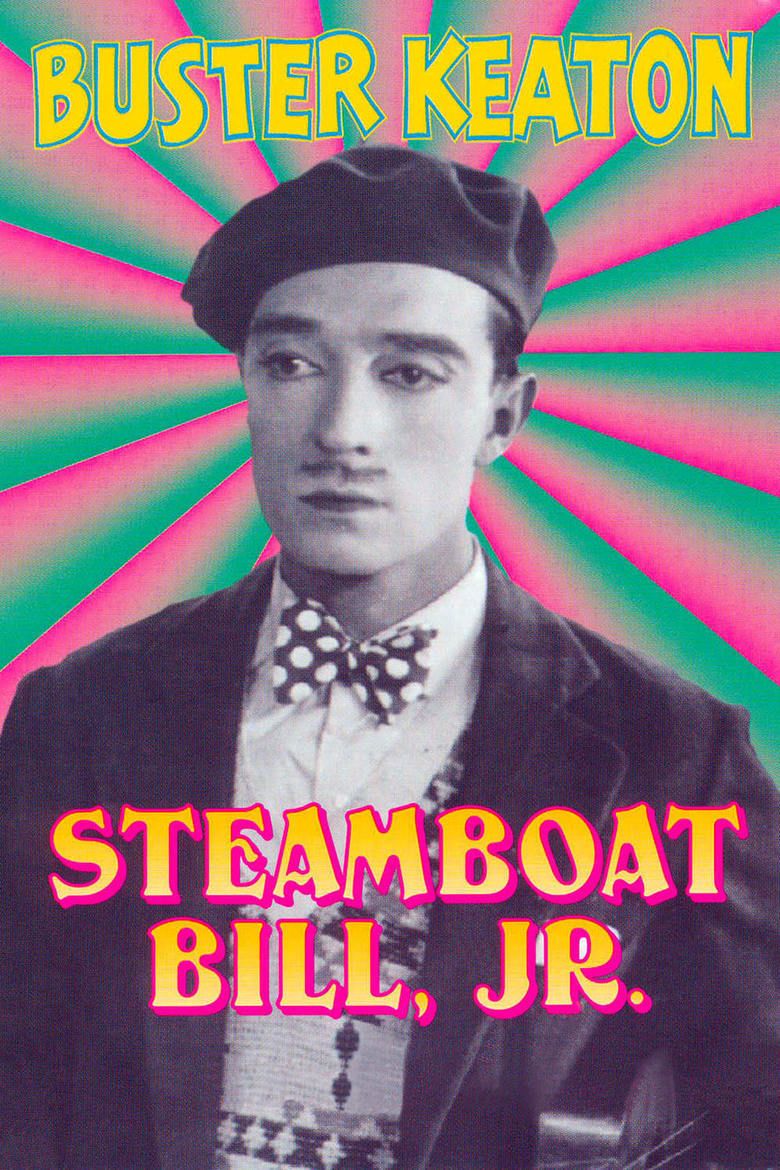 | ||||||||||||||||||||||||||||||||||
Director Charles ReisnerBuster Keaton (uncredited) Writer Carl Harbaugh (story) Release date May 12, 1928 (1928-05-12) (US) Cast (William Canfield Jr.), (John James King), (William \'Steamboat Bill\' Canfield Sr.), Tom Lewis (Tom Carter - First and Last Mate), (Kitty King - King\'s Daughter)Similar movies Related Buster Keaton movies | ||||||||||||||||||||||||||||||||||
Steamboat bill jr 1928
Steamboat Bill, Jr. is a 1928 feature-length comedy silent film featuring Buster Keaton. Released by United Artists, the film is the last product of Keaton's independent production team and set of gag writers. It was not a box-office success and proved to be the last picture Keaton would make for United Artists. Keaton would end up moving to MGM where he would make one last film with his trademark style, The Cameraman, before all of his creative control was taken away by the studio.
Contents
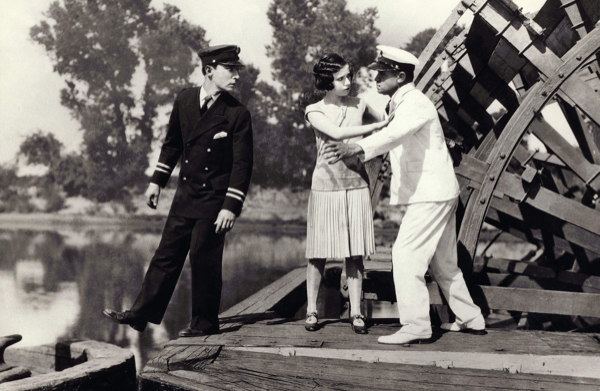
The director was Charles Reisner, the credited story writer was Carl Harbaugh (although Keaton wrote the script and publicly called Harbaugh useless but "on the payroll"), and also featured Ernest Torrence, Marion Byron, and Tom Lewis. The film was named after a popular Arthur Collins 1911 song, "Steamboat Bill". In 2016, the film was selected for preservation in the United States National Film Registry by the Library of Congress as being "culturally, historically, or aesthetically significant".
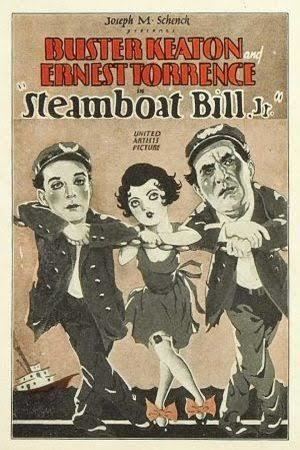
Plot summary
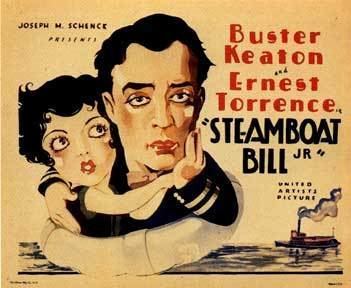
William "Steamboat Bill" Canfield is the owner and captain of a paddle steamer that has seen better days. He eagerly awaits the arrival of his college student son, whom he has not seen since the lad was a baby. Expecting a big, husky man like himself to help him compete with businessman John James King and his brand new, luxurious riverboat, he is sorely disappointed with his slight, awkward offspring, who shows up with a pencil moustache, a ukulele and a beret. He becomes outraged when he discovers that his son and King's daughter Kitty, also visiting her father, are in love. Both business rivals are determined to break up the relationship.
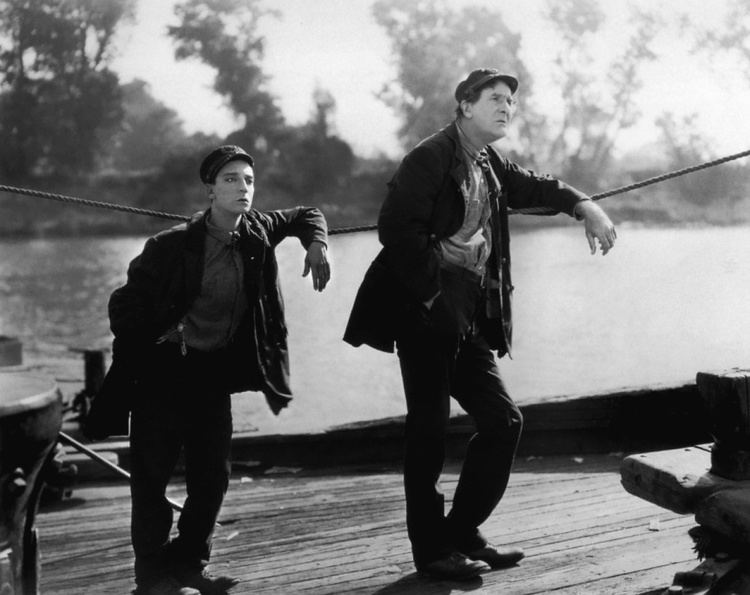
When Canfield's ship is condemned as unsafe, he accuses King of orchestrating it. He assaults his enemy and is put in jail. His son tries to free him by bringing him a loaf of bread with tools hidden inside, but his scheme is detected. The sheriff hits Canfield Jr. on the head, sending him to the hospital.

Then a cyclone hits, tearing down buildings and endangering the ships. As Canfield Jr. makes his way through the town, a building front falls all around him – Keaton's best-known stunt. He reaches his father's ship and rescues first Kitty (stranded on a floating house), then his father (by ramming the ship into the sinking jail, which has also been blown into the river), and finally Kitty's father. When Kitty goes to her hero, she is puzzled when he jumps into the water. However, his purpose becomes clear when he returns, towing a minister in a lifebuoy.
Cast
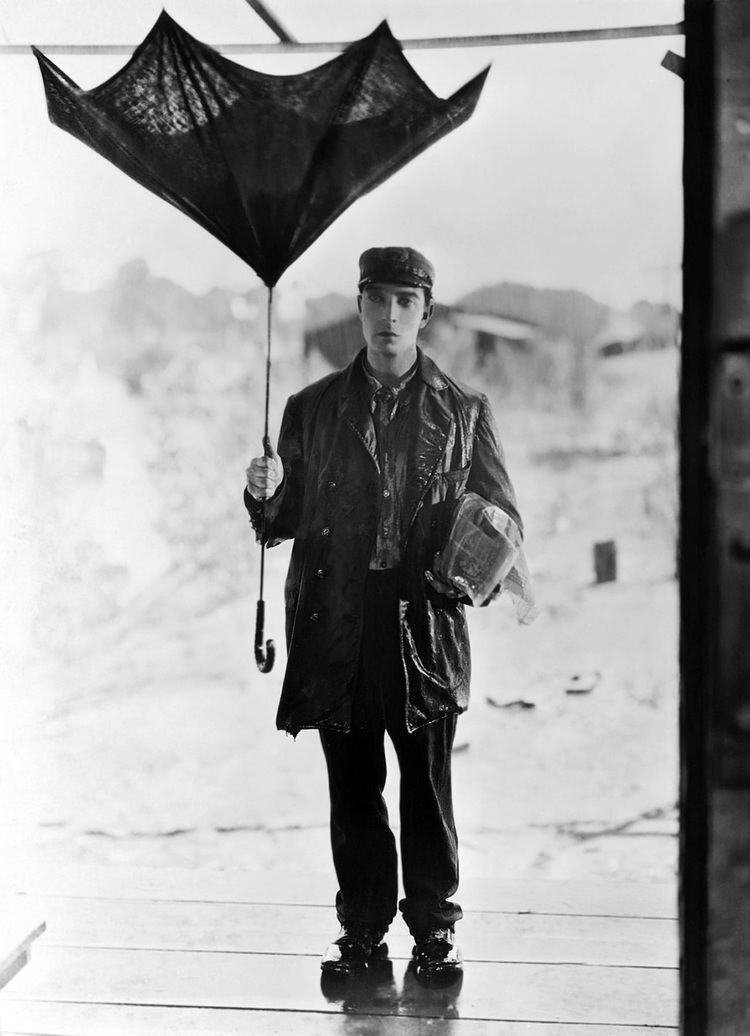
Production
The original idea for the film came from Charlie Chaplin collaborator, Charles Reisner, who was the director. Buster Keaton, who had directed or co-directed many of his earlier films, was an uncredited co-director on this project. In June 1927 Keaton traveled to Sacramento, California and spent over $100,000 building sets, including a pier. Original plans called for an ending with a flood sequence, but due to the devastating 1927 Mississippi River Flood producer Joseph Schenck forced Keaton to cut the sequence. Keaton also spent an additional $25,000 for the cyclone scene, which included breakaway street sets and six powerful Liberty-motor wind machines. The cyclone scene cost one-third of the film's entire budget, estimated at between $300,000 and $404,282. Keaton himself, who calculated and performed his own stunts, was suspended on a cable from the crane which hurled him from place to place as if airborne.
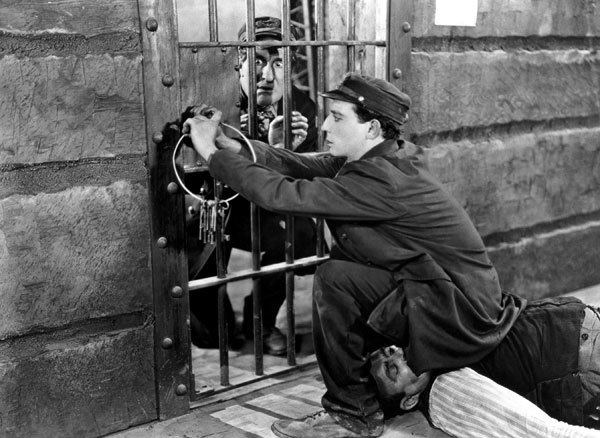
Shooting began on July 15, 1927 in Sacramento. Production was delayed due to Keaton having broken his nose in a baseball game. The film includes Keaton's single most famous stunt: an entire building facade collapses onto him. The open attic window fits neatly around Keaton's body as it falls, coming within inches of flattening him. (Keaton had performed a similar, though less elaborate, stunt in his earlier short films One Week and Back Stage). Keaton did the stunt himself with a real, two-ton building facade and no trickery. It has been claimed that if he had stood just inches off the correct spot, Keaton would have been seriously injured or killed. Keaton's third wife Eleanor suggested that he took such risks due to despair over financial problems, his failing first marriage, the imminent loss of his filmmaking independence, and recklessness borne of his worsening alcohol abuse at the time. Evidence that Keaton was suicidal, however, is scant—he was known throughout his career for performing dangerous stunts independent of any difficulties in his personal life, including a fall from a railroad water tower tube in 1924's Sherlock Jr. in which his neck was fractured.
At the end of shooting Schenck announced the dissolution of Buster Keaton Productions. Keaton shot the risky stunt not caring if he lived or died, later saying "I was mad at the time, or I would never have done the thing." The mark on the ground telling Keaton exactly where to stand to avoid being crushed was a nail. Keaton later said that filming the shot was one of his greatest thrills.
It is one of the few Keaton films to reference his fame. At the time of filming, he had stopped wearing his trademark pork pie hat with a short flat crown. During an early scene in which his character tries on various hats (something that was copied several times in other films), he tries on several pork pie hats similar to the one he generally wore, but with higher crowns or wider brims or of slightly different colors. The character briefly has the trademark cap set on his head, but quickly rejects it, tossing it away.
Reception
Steamboat Bill, Jr. was a box office failure and received mixed reviews upon its release. Variety described the film as "a pip of a comedy" and "one of Keaton's best." The reviewer from The Film Spectator appointed it "as perhaps the best comedy of the year thus far" and advised "exhibitors should go after it." A less enthusiastic review from Harrison's Reports stated "there are many situations all the way through that cause laughs" while noting that "the plot is nonsensical." Morduant Hall of the New York Times called the film a "gloomy comedy" and a "sorry affair."
Legacy
The famous window stunt has been re-created several times on film and television (although with lighter materials and more contemporary safety measures in place) including the 1991 MacGyver episode "Deadly Silents" and the 2004 Arrested Development episode "The One Where They Build a House" (performed by the show's character named Buster). Legendary Hong Kong film star Jackie Chan has often cited Keaton's acrobatics—and this stunt in particular—as one of his primary influences.
Over the years, Steamboat Bill, Jr. has become regarded as a masterpiece of its era. Currently, review aggregate Rotten Tomatoes reports that 100% of critics have given the film a positive review based on 16 reviews, with an average score of 9.1/10, with an audience rating above 90%. The film was included in the book 1001 Movies You Must See Before You Die.
Many modern audiences may be most familiar with the film for its inspiring the title of Walt Disney's Steamboat Willie (1928), released six months later and considered the debut of Mickey Mouse.
